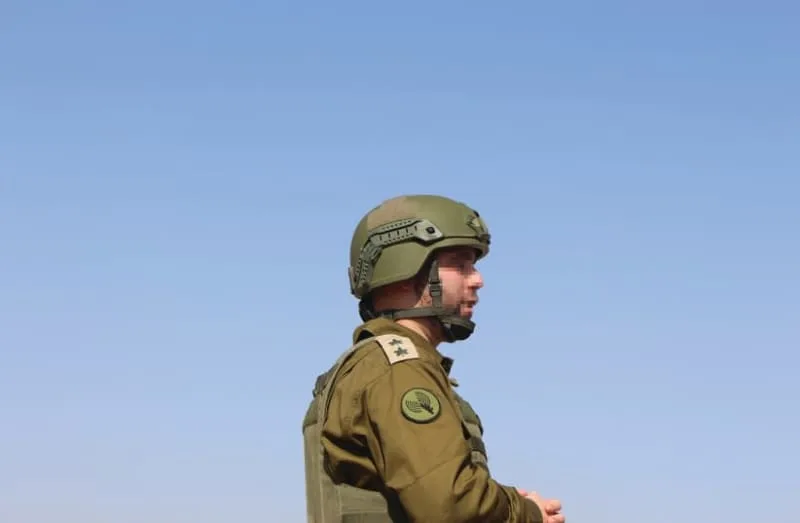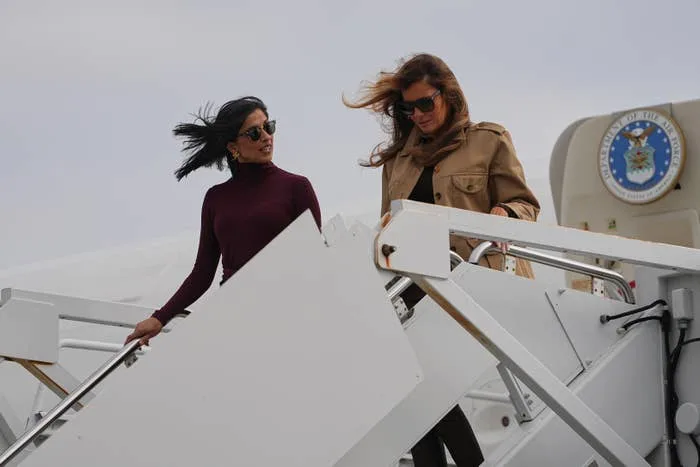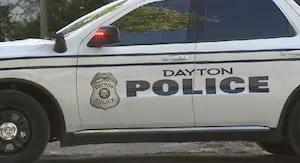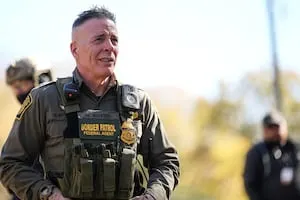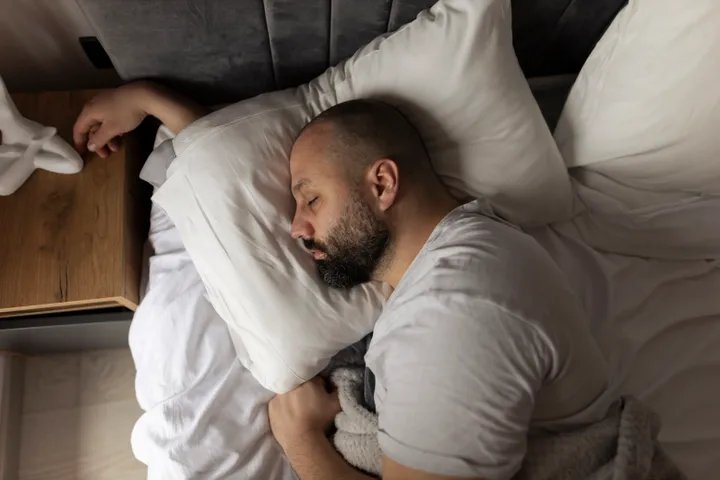Russia already controls all of Luhansk and Crimea — but only around 88% of Donetsk. This plan would hand the rest of that region to Russia as a “de facto” demilitarized zone.
In Kherson and Zaporizhzhia, Russia would be given “de facto recognition” for land already seized.
Galeotti said the “de facto” (rather than official) nature of this recognition is less Russia-friendly than expected. It “sidesteps the need for a Ukrainian constitutional referendum or even E.U. formal acceptance,” he said, even leaving the door open to a Germany-style reunification.
But even this is unconscionable for many Ukrainians, and has previously been rejected by Zelenskyy as a “red line.”
It’s true that Ukraine is under immense pressure on the battlefield, but progress has been slow and costly for Russia even as it threatens to capture the supply hub of Pokrovsk.
That’s why it would be so galling for the Kremlin to be granted “territories that they even never occupied,” according to Hanna Shelest, a director at the Foreign Policy Council “Ukrainian Prism” think tank. “I can’t understand why Ukraine should gift Russia with much more than what they could” capture militarily.
Some are not only concerned for Ukraine, but also for Europe as a whole.
“Every autocrat with territorial ambitions will take notice,” Berlin said of the proposal. “They will correctly conclude that if the West is unwilling to defend a European democracy and strategic ally on the borders of NATO, they will not lift a finger to defend attacked countries elsewhere.”
Ukrainian security
Other clauses in the draft proposal say Ukraine would be required to cap its army at 600,000 troops, and enshrine a promise in its Constitution that it will never join NATO.
It would adopt European Union rules on the “protection of linguistic minorities.” And in both countries, “Nazi ideology and activities must be rejected and prohibited.” (Both of these points touch on baseless claims by Moscow that Ukraine is governed by neo-Nazis who persecute Russian speakers.)
The figure of 600,000 “isn’t as draconian as I imagine the Russians wanted,” Galeotti said, but it still appeared at odds with Ukraine’s desire for protection against future Russian aggression.
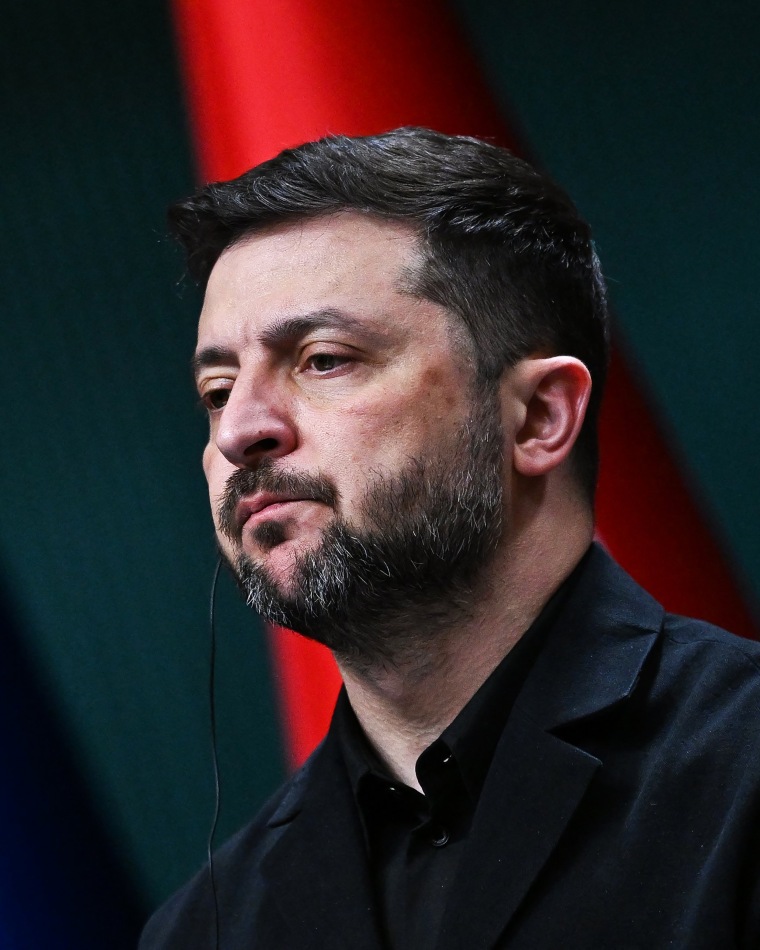
After a call with the leaders of Britain, Germany and France, Zelenskyy said he would work with American officials to ensure Kyiv’s “principled stances are taken into account.”
The plan, which was still evolving, was described by White House press secretary Karoline Leavitt as “the best win-win scenario, where both parties gain more than they must give.”
The draft goes further than just Ukraine, though, saying that “NATO will not expand further.” That would be seen as a colossal coup for the Kremlin, which for years has complained the alliance has expanded onto its doorstep.
NATO currently operates an “open-door policy,” allowing former Soviet states such as Estonia, Latvia and Lithuania to join an alliance they see as a vital bulwark against Russia’s desires.
Ukraine has for years wanted to join NATO, with most polls showing 80% public support since Russia’s full-scale invasion. The United States has opposed this however, officially due to a lack of progress on corruption, and Trump has dismissed the idea outright.
In addition, the plan would see Ukraine agree to being a nonnuclear state, and energy generated from its Zaporizhzhia nuclear power plant split 50-50 between itself and Russia.
Russian rewards
On the flip side, Russia would be readmitted to the Group of Seven, or G7, which would once again become the G8 for the first time since it was kicked out in 2014 after Putin annexed Crimea.
It would also be “reintegrated into the global economy,” lifting sanctions and entering “long-term economic cooperation” — another headline goal for the Kremlin.
Some $100 billion of its frozen assets would be unlocked — but only to help rebuild Ukraine with an additional $100 billion contributed by the E.U. (which was not involved or consulted in the draft.) The U.S. would then get 50% of the profits from this reconstruction, the draft said.
In return, Russia would sign a nonaggression pact and “it is expected” that it will not invade neighboring countries.
Similar promises have been broken before.
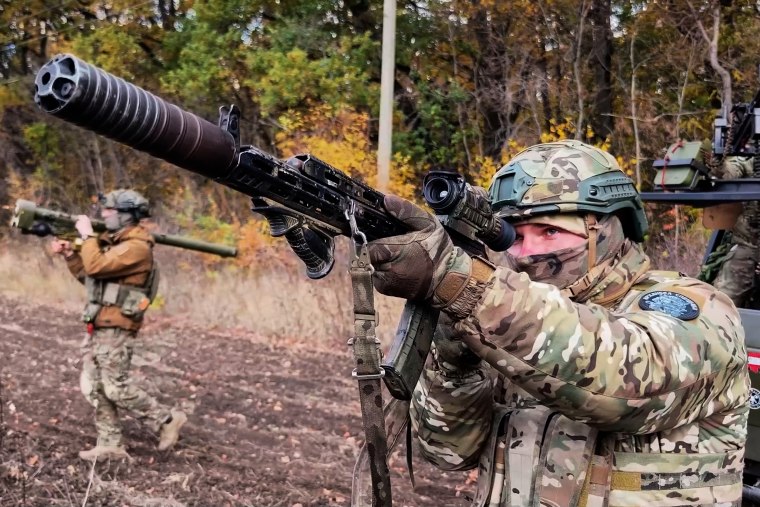
Russia’s current invasion is a direct breach of the 1994 Budapest Memorandum, in which Russia, the U.S. and others agreed to respect Ukraine’s borders if it handed over remnants of the Soviet nuclear arsenal. More recently, the Minsk agreements of 2014 and 2015 saw Russia agree to ceasefires and then repeatedly violate them.
“What Russia is attempting to do now, behind the backs of Ukraine and the E.U., is to secure far more than it has managed in almost four years of war,” said Podgorna, the lawmaker in Zelenskyy’s party. That would “reshape the balance of power in Europe” and give Russia “amnesty for launching a brutal war, thereby giving itself space to prepare for future aggression.”
Zelenskyy, meanwhile, acknowledged the momentous challenge his country faced.
“Ukraine may now face a very difficult choice, either losing its dignity or the risk of losing a key partner, either the difficult 28 points, or a very difficult winter,” he said, and urged his nation to remain united during what he said would be “a very difficult, eventful” week.
Alexander Smith reported from London and Daryna Mayer reported from Kyiv.


